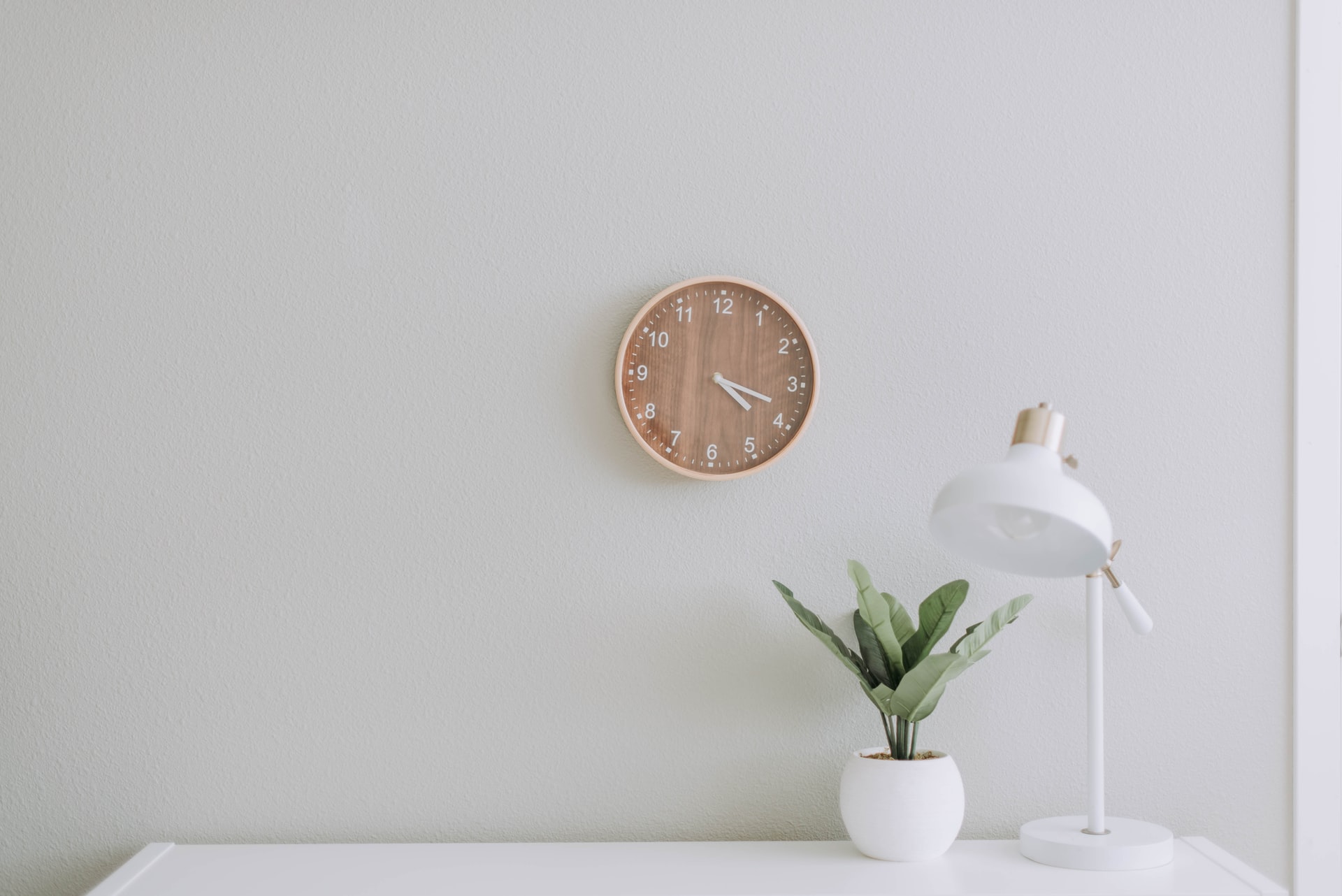
19 Jul There’s Mold Inside My Walls—What Can I Do?
The fact that mold is not always visible to the naked eye shocks many people. For example, you probably won’t see the mold lurking inside the bathroom ceiling or underneath the kitchen cabinets.
When our certified mold inspectors at Pure Maintenance NE show home and business owners the test results that prove the presence of mold, sometimes they don’t believe us, because there are no visual signs.
And then we explain mold can live in places you cannot see, including behind or inside your walls. “Can mold inside a wall hurt you?” they ask. It sure can! In this post we’ll explain how mold starts growing in hidden places and how to remove mold behind walls.
How does mold grow inside walls?
Most wall construction materials, such as drywall, wood, and insulation, contain organic materials that can feed mold. Microscopic mold spores can travel through any holes or gaps in your walls, and once they get inside, all they need is darkness and some moisture to grow. In fact, it only takes 24 hours for spores to turn into mold!
We often find mold inside a wall that has:
- Leaky or dripping pipes
- Condensation from air conditioning
- A leaky window or roof
- High humidity
- Recent flooding
What happens if mold gets into your walls?
Once mold latches into your walls, there is a lot of damage it can do. Not only can it harm the walls structurally, but the mold—especially if you have toxic black mold—can harm the health of everyone who lives or works in the building. Here are some of the main signs that indicate you have mold behind the walls in your home or office.
Visible Signs
Sometimes mold growing inside walls causes visual changes to the wall, such as:
- Stains and discolorations
- Bubbling paint or peeling wallpaper
- Fuzzy spots
- Damp or wet spots
Bad Smells
While mold behind walls may not always be detectable visually, you might smell it before you see it. Mold generally has a pungent, musty odor similar to a pair of dirty socks. It can also sometimes smell like rotting wood. Both smells are pretty noticeable—and bad—and definitely merit a mold inspection.
Mold Allergy Symptoms
When mold is growing in a home or office, it releases spores into the air. For many people, these spores trigger mold allergy symptoms similar to those of seasonal allergies, leaving them uncomfortable and unwell.
Mold allergy symptoms include:
- Sneezing, runny and/or stuffed up nose
- Coughing
- Itchy and watery eyes
- Dry, scaly skin
How to Remove Mold Behind Walls in New Bedford, Massachusetts
When people realize they have mold growing inside their walls, the first thing they ask is, “How do you get rid of mold inside walls?” The only surefire way to remove mold behind walls is professional mold remediation.
At Pure Maintenance NE, we use demolition-free dry fog technology. Its fine droplets of cleaning agents allow it to penetrate behind walls without needing to cut them open or knock them down. And because there is no demolition, our process is quicker and less costly than traditional methods of removing mold from inside walls.
If you suspect you may have mold lurking inside the walls of your home or business, call Pure Maintenance NE today at 401-205-3825 to schedule a free mold inspection.
Photo by Samantha Gades on Unsplash




No Comments